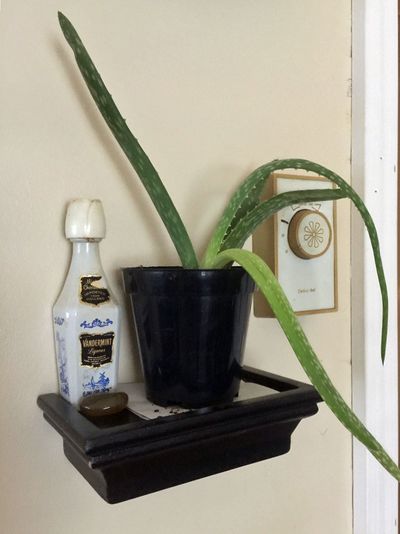Don’t despair, these are tough plants and can usually bounce back to good health quickly.
First Signs of Overly Dry Succulents
One of the easiest groups of plants to grow are succulents. Wilting succulents are an expression of extreme dehydration. Droopy leaves on succulent specimens mean the soil has been dry as a bone for quite some time. These plants can tolerate long periods of drought, but they do need moisture to thrive. When succulent leaves are drooping, it is time to act. Before you ever see wilting succulents, you can observe signs of a parched plant in its leaves. Succulents store moisture in their thick leaves or pads. When the plant is dried out, the leaves will pucker. Other signs the plant is experiencing water stress are dropping leaves and changes in leaf color. A plant with the proper moisture levels will have chubby leaves that are held erect or firmly on stems. You can judge plant health by gently pressing on the leaves. They should be firm yet gently yield.
What to Do for a Succulent with Droopy Leaves
If succulent leaves are drooping, the plant may need special attention. If a finger inserted into the soil detects no moisture, the problem is dryness. However, if it is wet, the problem may be something else. Obviously, when dry, the soil needs moisture at the root level. If you simply water onto the surface of the soil, it will only work to hydrate shallow rooted plants. For those in smaller containers and with shallow root systems, it is best to soak the container. This will bring moisture up to the roots by capillary action and prevent the stem from becoming overly wet, which could cause rot.
How to Prevent Drooping Succulent Plants
The droopy leaves on succulent plants can also be a sign of disease, improper light, or nutrient deficiency. If you determine it is low water, follow the steps above. Once the plant is perky again, start a regular watering schedule. If you are unsure when to water, get a moisture meter. Remember, smaller containers dry out more quickly, as do plants in full sun in dry regions. In-ground plants in gritty soil will also become dehydrated faster than those in a higher percentage of loam. The type of soil is important so that excess water drains quickly but enough is retained for the plant.
